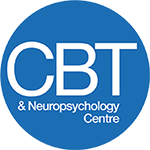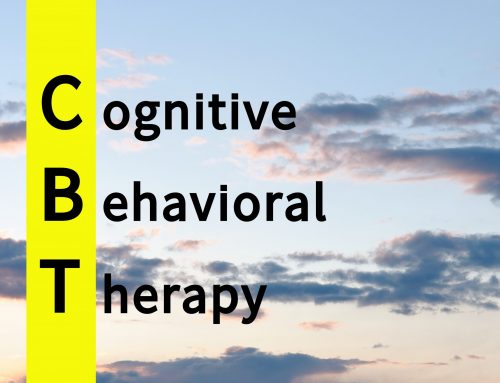Cognitive Behavioral Therapy (CBT) for treating OCD with unwanted sexual thoughts involves delving deeper into the nuances of the therapy’s components. These include cognitive restructuring, Exposure and Response Prevention (ERP), and the incorporation of other supportive strategies, all grounded in the underlying cognitive-behavioral theory of psychopathology.
Cognitive Restructuring
Cognitive restructuring is a fundamental CBT technique aimed at identifying, challenging, and altering irrational or maladaptive thoughts. The theory behind this technique is that dysfunctional thinking leads to emotional distress and maladaptive behaviors, which in the context of OCD, manifest as intrusive, unwanted sexual thoughts and subsequent compulsive actions. Specific steps include:
– **Identifying Automatic Thoughts:** Patients learn to recognize their intrusive sexual thoughts as automatic, involuntary, and not representative of their desires or intentions.
– **Challenging Distorted Beliefs:** Therapists help individuals challenge the distorted beliefs associated with these thoughts, such as overestimations of danger, personal responsibility, or the significance of the thoughts.
– **Cognitive Reappraisal:** Patients are taught to reframe their thoughts in a more balanced and realistic manner, reducing the distress and anxiety they cause.
Exposure and Response Prevention (ERP)
ERP is considered one of the most effective techniques for OCD treatment. It is based on the theory of habituation: the process by which repeated exposure to a feared stimulus decreases an individual’s emotional response over time. The specific steps in ERP include:
– **Exposure:** Intentional confrontation with the thoughts, images, objects, or situations that trigger the OCD symptoms. In the case of unwanted sexual thoughts, this might involve writing down or imagining these thoughts.
– **Response Prevention:** After exposure, individuals resist the urge to perform their usual compulsive behaviors. This might mean abstaining from seeking reassurance, avoiding certain places, or not engaging in mental rituals.
– **Habituation:** Over time, repeated exposure leads to decreased anxiety and distress, as individuals learn that their feared outcomes are unlikely and that they can cope with the discomfort.
Integration of Theories and Techniques
CBT for OCD integrates these techniques within a coherent theoretical framework that emphasizes the cyclical relationship between thoughts, emotions, and behaviors:
– **Behavioral Theories:** These suggest that compulsive behaviors are learned responses to reduce anxiety caused by obsessions, which are inadvertently reinforced over time.
– **Cognitive Theories:** These propose that individuals with OCD engage in faulty appraisals of their intrusive thoughts, leading to exaggerated perceptions of threat and personal responsibility, which perpetuate the cycle of obsessions and compulsion.
Additional Supportive Strategies
Other CBT strategies may also support the treatment process, including:
– **Mindfulness:** Helps patients observe their thoughts without judgment, recognizing that they are just thoughts, not facts or impulses that must be acted upon.
– **Relaxation Techniques:** Methods such as deep breathing, progressive muscle relaxation, or guided imagery can help manage the anxiety associated with exposure exercises.
– **Cognitive Flexibility Training:** Enhancing the ability to adaptively shift thoughts and behaviors in response to changing circumstances or new information, reducing the rigidity often seen in OCD.
CBT’s effectiveness in treating OCD with unwanted sexual thoughts is supported by a robust framework of cognitive and behavioral theories and techniques. By combining cognitive restructuring with ERP, and augmenting these with additional strategies like mindfulness and relaxation, CBT provides a comprehensive approach to managing the distressing and intrusive thoughts characteristic of this disorder. This integrative method not only helps in reducing symptoms but also empowers individuals with skills and strategies for long-term management, addressing the underlying cognitive biases and behavioral patterns that drive the disorder.






